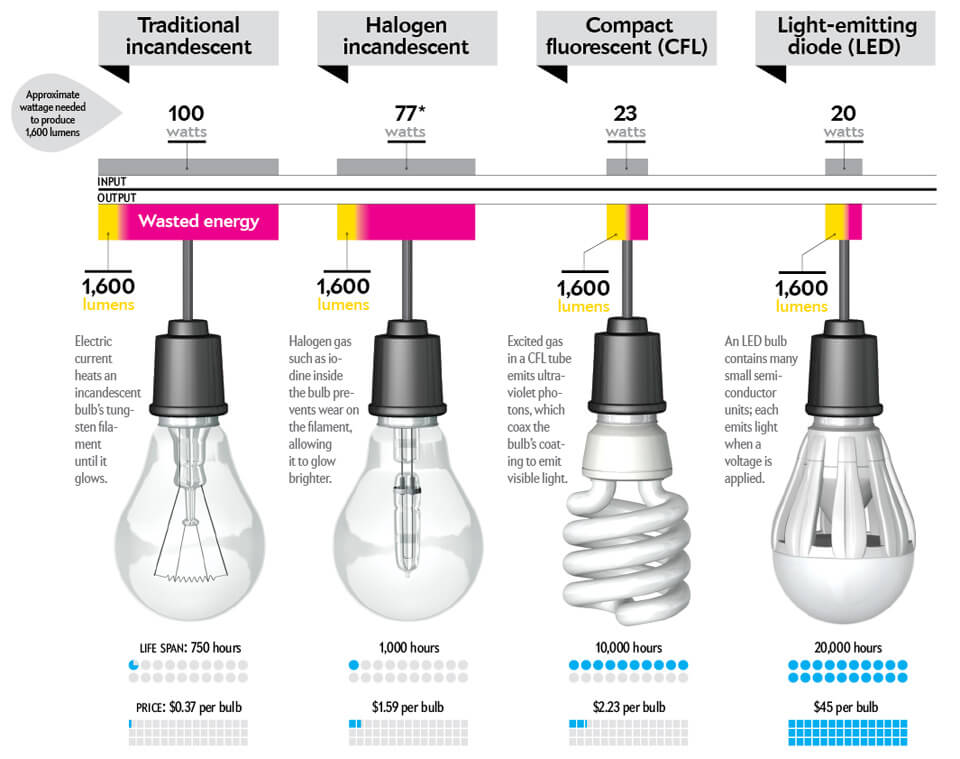

Bulbs burning out too fast? It’s a frustrating and costly problem for homeowners and businesses alike. Replacing light bulbs frequently can lead to significant expenses, especially if you rely on high-wattage options. This guide will delve into the reasons behind premature bulb failure and provide actionable strategies for choosing long-lasting lighting options. We’ll explore different bulb types, energy-efficiency considerations, and tips for optimizing lighting fixture maintenance. You’ll discover how to make smart choices for both cost-effectiveness and environmental responsibility.
Understanding the Problem of Premature Bulb Failure
The frequent replacement of light bulbs is a common problem that can affect anyone using lighting in their homes and businesses. This issue impacts consumers and companies significantly—the cost and hassle of consistent replacements can be considerable. There are several key factors that contribute to bulbs burning out too quickly. These factors include voltage fluctuations, poor quality bulbs, inappropriate bulb types for given fixtures, and often, the fixture itself is partly to blame. This section explores these factors, providing insight into the common causes that can lead to a shortened bulb lifespan.
The Impact of Voltage Fluctuations
Identifying Voltage Issues
Related Post : Light Fixtures Flickering Intermittently? Troubleshooting Electrical Causes
Voltage fluctuations can be a significant culprit behind premature bulb failure. Unstable voltage can strain the bulb’s internal components, leading to reduced lifespan. These fluctuations can result from various factors, from aging electrical systems to nearby heavy electrical equipment. Regularly monitoring voltage levels can help pinpoint if this is the cause of frequent bulb replacements.
Mitigation Strategies for Voltage Problems
Implementing measures to stabilize voltage is crucial. This can involve upgrading electrical systems to handle fluctuating currents or installing surge protectors. These steps can substantially improve the overall performance and reduce the risk of light bulb failures caused by voltage issues.
Evaluating Bulb Quality and Type
Quality Concerns and Bulb Type Selection
The quality of a light bulb directly impacts its lifespan. Low-quality bulbs are often less resistant to internal stress and thermal expansion, leading to quicker failure. This is especially true with cheaper bulbs, where the materials used in manufacturing may not meet the same standards as higher-quality alternatives. Not every bulb is created equal! Choosing the correct type of bulb for the fixture is also important, as some fixtures are better suited for certain types.
Comparing Different Bulb Technologies
Different types of light bulbs offer varying lifespans. For instance, incandescent bulbs generally have a much shorter lifespan compared to energy-efficient LED alternatives. Consider the long-term costs and energy savings when choosing between options such as LEDs, CFLs, or halogen lamps. An understanding of light bulb lifespan statistics, like those available on manufacturer websites, can also help you make informed decisions.
Optimizing Fixture Maintenance
Identifying Fixture-Related Issues
Often, the fixture itself plays a role in premature bulb failure. Clogged or dirty fixtures can restrict proper air circulation, potentially causing overheating. Accumulation of dust and debris around the bulb socket can also hinder proper contact, resulting in inconsistent current flow and ultimately causing the bulb to fail prematurely.
Routine Fixture Checks and Cleanings
Regular checks and cleanings can help prevent this. Disassembling fixtures and thoroughly cleaning them can eliminate dust and debris. Ensuring proper contact within the socket is vital for optimal bulb performance and a longer lifespan. By performing routine maintenance on your fixtures, you’re significantly extending the overall life of your lighting.
Energy-Efficient Choices for Long Lifespan
Exploring Energy-Saving Options
High-quality, energy-efficient bulbs, like LED and CFLs, are often more expensive upfront. However, they significantly reduce the frequency of replacements. These energy-efficient bulbs not only reduce running costs but also contribute to environmental sustainability. Energy efficiency often translates directly to longevity and improved performance.
Understanding the Long-Term Savings
The reduced replacement costs of energy-efficient lighting, combined with lower energy consumption, yield significant long-term savings compared to less efficient alternatives like incandescent bulbs. These bulbs often save money in the long run, reducing the need for frequent replacements.
In conclusion, choosing long-lasting light bulbs isn’t just about saving money; it’s about making informed choices that benefit both your wallet and the environment. By considering factors like wattage, bulb type, and quality, you can significantly extend the lifespan of your lighting fixtures. Remember to prioritize energy-efficient options and reputable brands. If you’re still unsure about which bulbs are right for your needs, consult this comprehensive guide to lighting solutions for your home or business. Learn more and choose your perfect bulbs today!